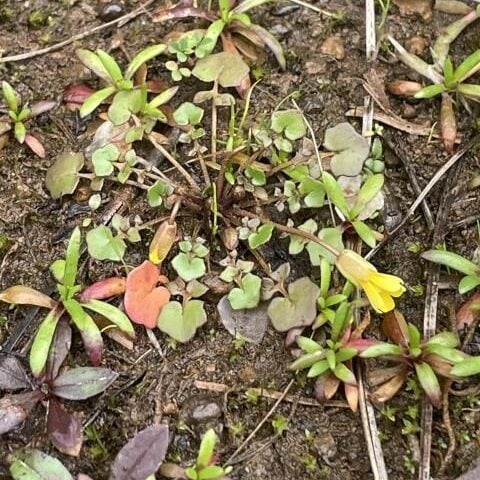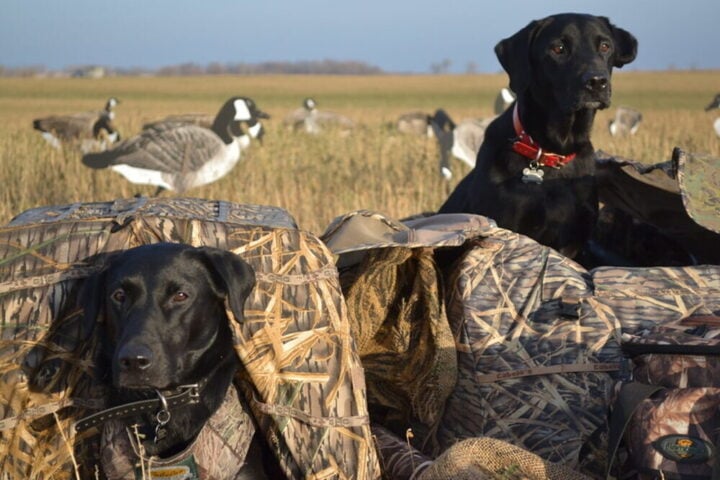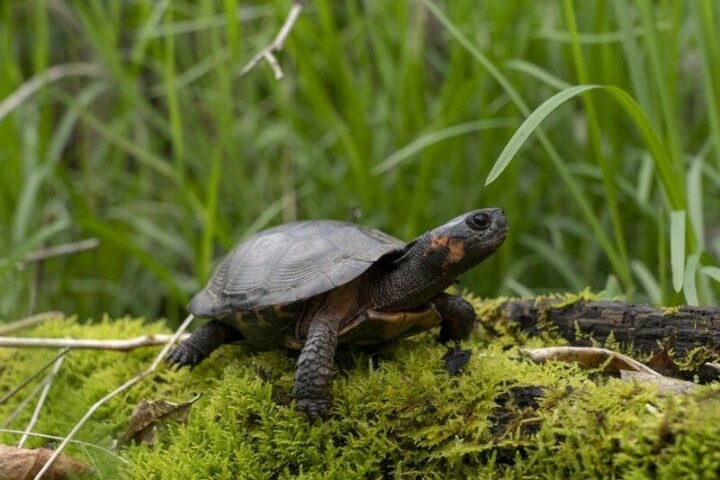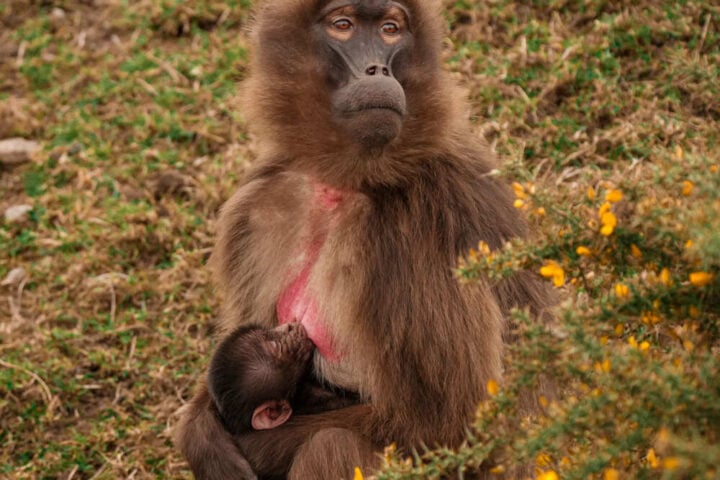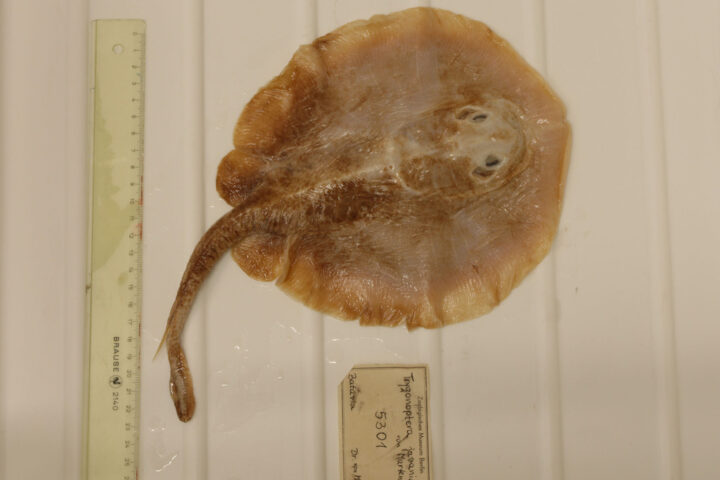New Mexico Tech researchers have created an unconventional solution for wildlife monitoring – drones made from taxidermied birds. The two-year project, spearheaded by Dr. Mostafa Hassanalian, Associate Professor of Mechanical Engineering, uses deceased birds to develop these bioinspired drones.
The research team has engineered two versions of mallard duck drones: a flying variant and a swimming robot. “The natural shape and feather structure of a real duck reduces water resistance, allowing smoother and more efficient movement through the water,” Dr. Hassanalian explains. The waterproof properties and natural buoyancy of duck feathers provide stability advantages that artificial materials struggle to replicate.
Their pigeon model is equipped with realistic head movements and a camera for discreet environmental monitoring. The team has integrated shape memory alloys into the pigeon’s claws, enabling perching capabilities for observation purposes.
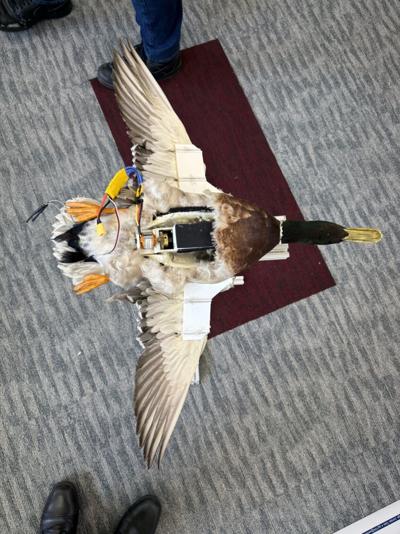
Traditional wildlife monitoring faces significant obstacles. “Drones generate a lot of noise. For instance, if you’re monitoring elephants in Africa, the noise often frightens animals, causing them to scatter,” states Dr. Hassanalian. He adds, “Sometimes, you get a bird strike. The birds attack your drone. Your drone gets damaged and at the same time, the birds get hurt or they might be killed.”
The project follows established guidelines. “We have all been ‘taxidermied’ by certified taxidermists. We purchase them and try to play with them. We’re not asking a taxidermist to kill a bird and then do the taxidermy and give it to us,” Dr. Hassanalian clarifies.
Similar Posts:
The research extends beyond avian models. The team is developing drones inspired by snakes, lizards, and frogs, incorporating climbing and jumping mechanisms. “Beyond avian models, we are considering other types of taxidermy animal robots that could offer unique capabilities for research and environmental applications,” Dr. Hassanalian notes.
The drones have only been tested in controlled environments at New Mexico Tech’s campus. Permission for testing among real birds in non-simulated environments remains pending. “We know there’s a challenge that they might be attacked by other birds, but I mean, that’s a part of nature,” Dr. Hassanalian admits.
Dr. Hassanalian addressed misuse concerns by acknowledging that technology repurposing was a valid issue. He emphasized that while their research focused on scientific and environmental purposes, they recognized the potential for technology misuse. He stressed the importance of implementing proper regulations, ethical guidelines, and maintaining public discourse regarding drone development and usage.
The research team is also working on dandelion-inspired drones for seed dispersal, addressing bee endangerment issues. “Bees, they are endangered … they have a very important role in seed dispersals,” Dr. Hassanalian explains. “The dandelion drone we are developing, they also can be used for dispersing the seeds and bird drones can actually carry the dandelion drones in much more nature-friendly ways for seed dispersals.”
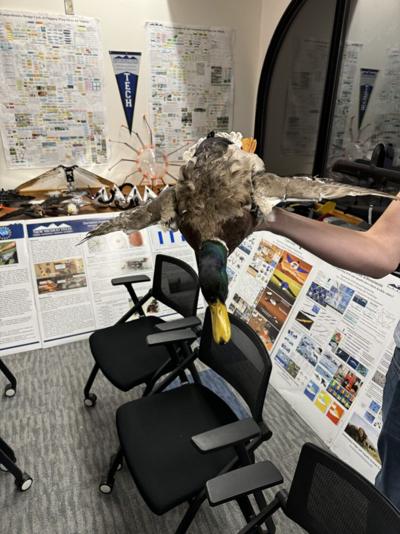
The laboratory has constructed prototypes of robotic birds, dogs, and fish. “We are also working on larger bird models to monitor broader ecosystems and even developing drones with the ability to dive and resurface,” Dr. Hassanalian reports.
The pheasant drone prototype incorporates real taxidermy head and wings, with mechanical systems designed to replicate natural flapping patterns, thrust, and lift forces. This attention to detail allows the drone to blend seamlessly with actual pheasants during wildlife monitoring operations.
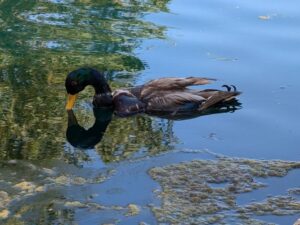






![Representative Image: European Starling [49/366]. Photo Source: Tim Sackton (CC BY-SA 2.0)](https://www.karmactive.com/wp-content/uploads/2025/04/Starlings-Drop-82-in-UK-Gardens-as-Birdwatch-2025-Reveals-Record-Low-Count-Since-1979-720x480.jpg)


